We have had below-freezing temperatures for close to a week as I write this on Jan. 21. That is a prolonged cold snap for us, although it is a milder cold than much of the rest of the country.
Cold temperatures make it more difficult for birds; they have to keep warm and they need larger amounts of food to do this.
To keep warm they can spend their nights in a more sheltered location, say, in a cavity in a tree trunk where the opening is on the downwind side of the tree. Evergreens or other dense vegetation also provide a more-sheltered microclimate. This technique seems less likely to be used by mute swans — three of them were resting on the ice at the Oak Bluffs pumping station on Jan.21 — where can they find a warmer microclimate on a nearly-completely frozen pond.
There are behavioral changes, too. Birds’ un-feathered legs are more exposed to the weather than the rest of their bodies. Have you seen them with their legs tucked into their feathers so their bodies are on the ground as they feed? Or maybe as they hop on one leg while the other is tucked into their feathers?
Do chickadees seem larger than normal? Another behavioral change is to puff out their feathers, trapping more insulating air between their bodies and their outer feathers.
One of the most amazing methods they have to keep warm involves how their blood travels through their legs. Blood in their legs gets colder because their legs are more exposed; cold blood in inbound capillaries are adjacent to outbound capillaries containing warmer blood so the warmer outbound blood warms up the colder inbound blood.
I observed 20 house finches at my feeder during the light snow on Jan. 19 but usually I only see five to eight of them. Have you also noticed more birds coming to your feeder during the colder winter temperatures? A bird’s winter territory may include feeders; absence of that food during cold or stormy weather may reduce their survival.
Another solution to severe winter weather is to migrate further south, to presumably-warmer conditions. This can decrease the number of birds if they are departing from the Island, but could also increase the abundance of birds if they are escaping bad weather further north.
All of a sudden American robins appear to be everywhere! Eastern bluebirds and cedar waxwings are likely to join these flocks, and findings for these three species in the past week are presented here.
On Jan. 15 Thomas Mayhew spotted a flock of robins in his West Chop yard; Jeff Peters found 15 robins and four cedar waxwings at Thumb Cove and another 20 robins at Lobsterville; Bob Shriber observed 31 robins and seven cedar waxwings in Aquinnah; and when Nancy Nordin visited Thumb Cove she counted 22 robins.
Jan. 16 was a cold 23 degrees when Leo and Alison Convery reported that 10 to 12 robins stopped by for a drink from their heated water fountain in Katama.
On Jan 18 Jerry Twomey had a mixed flock of robins and cedar waxwings in his Katama yard; Rick Karney watched a large flocks of robins in the cedar trees and puddles at Abel’s Hill Cemetery; and Bob Shriber saw three robins along Squibnocket Road.
Nancy Nordin spotted eight robins at Old Fields Path on Jan. 20, the same day that Nancy Weaver found one hermit thrush and two robins at her Vineyard Haven house. Rob Bierregaard saw a flock of 40 robins at the Mattakesett Bay boat ramp, and Susan Whiting watched 24 robins and three bluebirds at her Quenames Road feeder.
There were a lot more sightings on Jan. 21. John Nelson watched flocks of robin at the East Chop Light, Harthaven, Cow Bay and the Katama solar farm. Margaret Curtin observed a flock of 34 robins at Katama Farm and Luanne Johnson, and Shea Fee estimated there were 400 robins at the farm. I spotted five robins at the Oak Bluffs pumping station and Susan Whiting found 13 near Chilmark Pond, while Brad Winn and Rob Bierregaard observed 50 at Nashaquitsa and Stonewall ponds. Shea Fee saw six robins at Sheriff’s Meadow Sanctuary and Nancy Weaver and Shea Fee watched a flock of 200 robins at Slough Cove.
Other bluebird sightings include Jill Rosenkranz finding six on her heated bird bath on Skiffs Lane in West Tisbury. Sea Williams and Bridget Dunnigan found four on Jan. 20 at the state forest headquarters.
Sioux Eagle is not so lucky as she has put out mealworms in her West Tisbury feeder to no avail — even though Anne Whiting always finds bluebirds at a nearby tree farm. Holly Bellebuono frequently has bluebirds coming to her suet in Edgartown, and Doyle Bunch reports, “We’ve got over a dozen hanging around on Seth’s Pond where they like the heated bird bath and absolutely love dried mealworms.”
On Jan. 18 Scott Stephens and Penny Uhlendorf counted at least 37 female red-winged blackbirds coming to cracked corn spread on the ground. They report, “It’s a veritable ‘ground-moving’ experience that is fabulous to watch.” They also have five pine warblers coming to their feeders during this cold snap.
Rob Bierregaard found an eastern phoebe near the Gay Head Lighthouse on Jan. 21. The Nobnocket Boutique Inn is hosting some avian visitors: the staff reports that golden-crowned kinglets are regular winter visitors. Nancy Nordin also had these diminutive kinglets visiting her yard on Jan. 19, as well as two pine warblers. Susan Whiting also had a pine warbler in her Quenames feeder, while Matthew Born saw one on Jan. 16 near Stonewall Pond and another the next day along West Basin Road.
Please email your sightings to birds@vineyardgazette.com.
Robert Culbert is an ecological consultant with Nature Watch LLC living in Vineyard Haven.

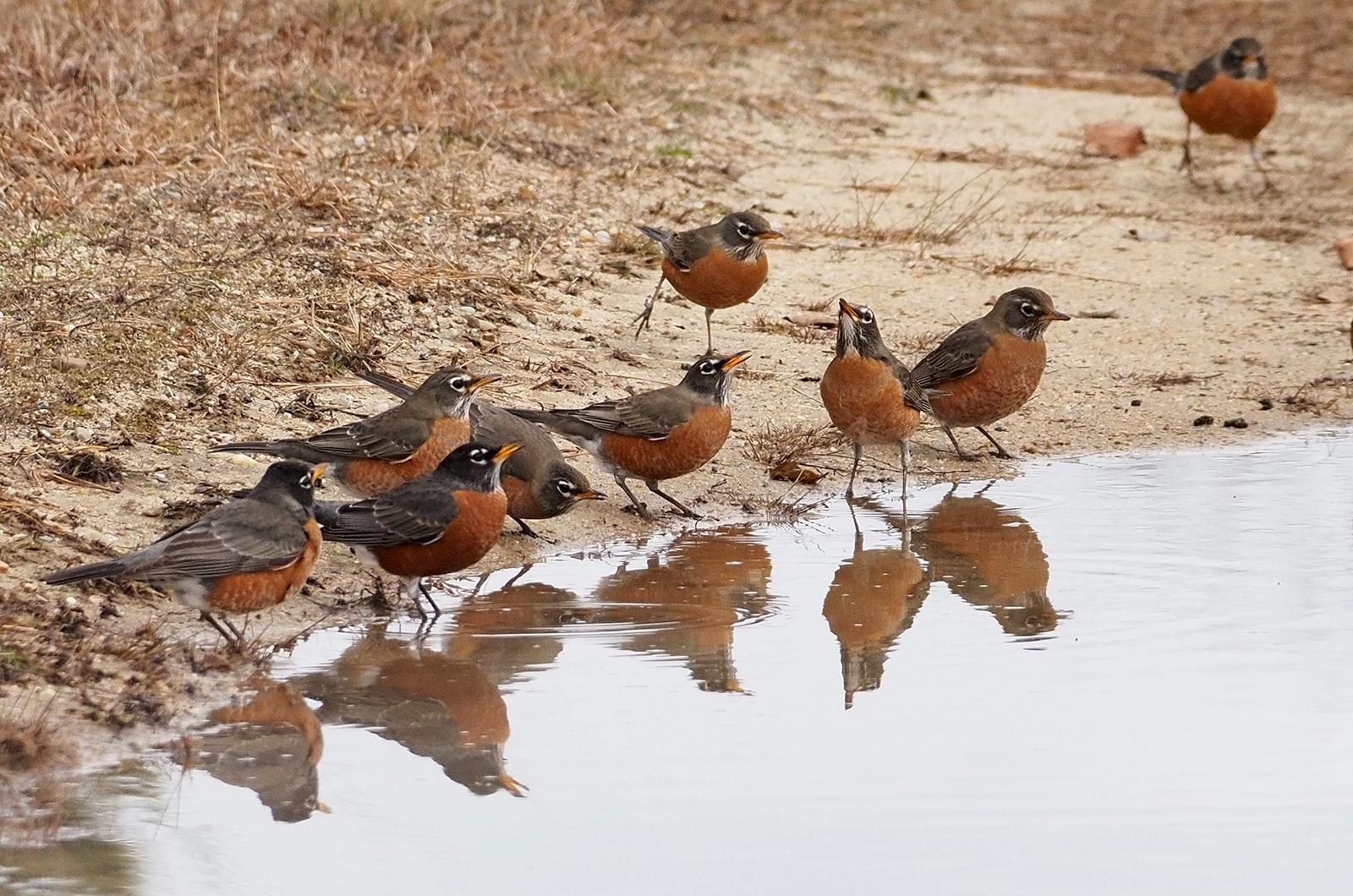
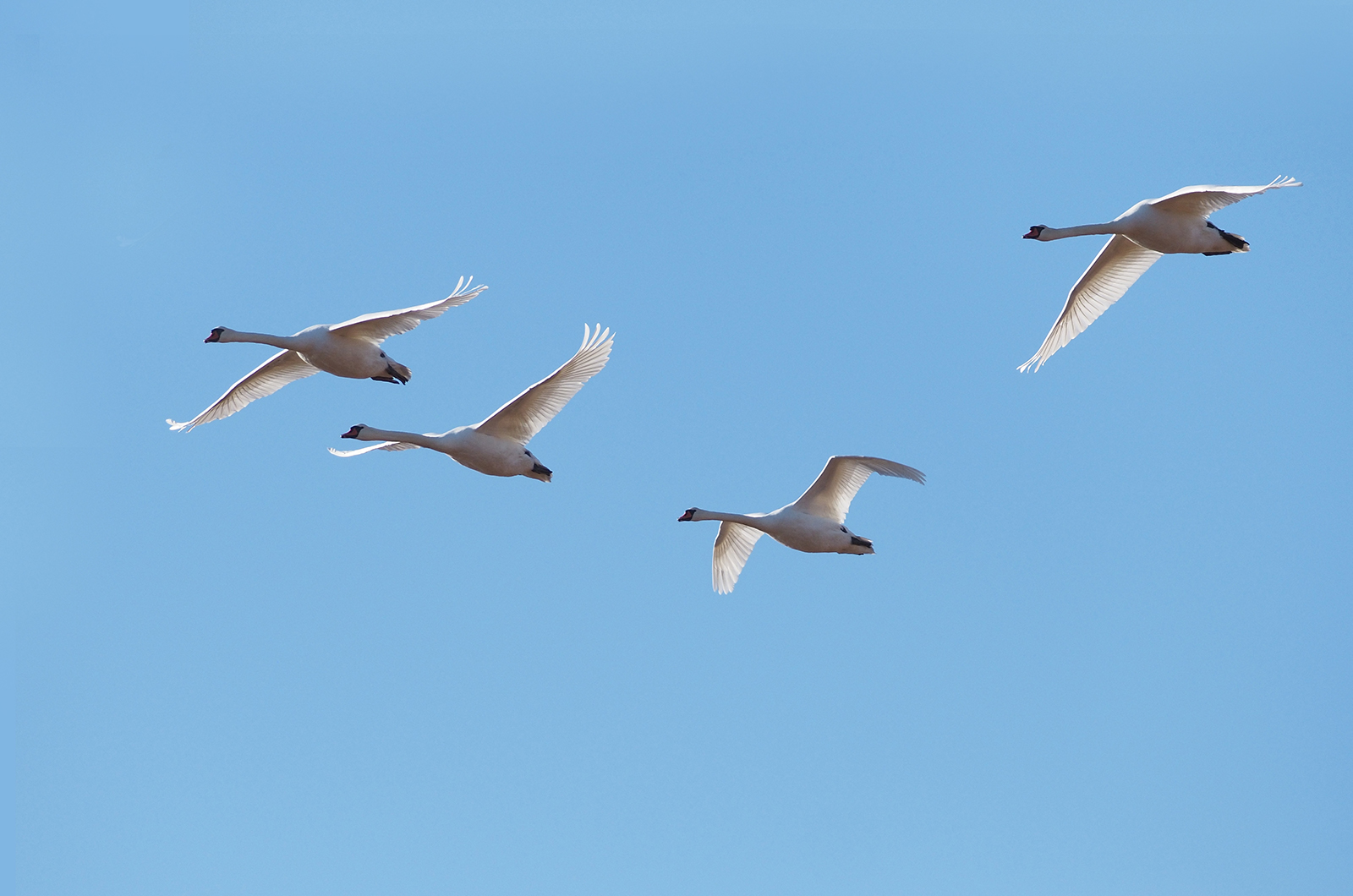
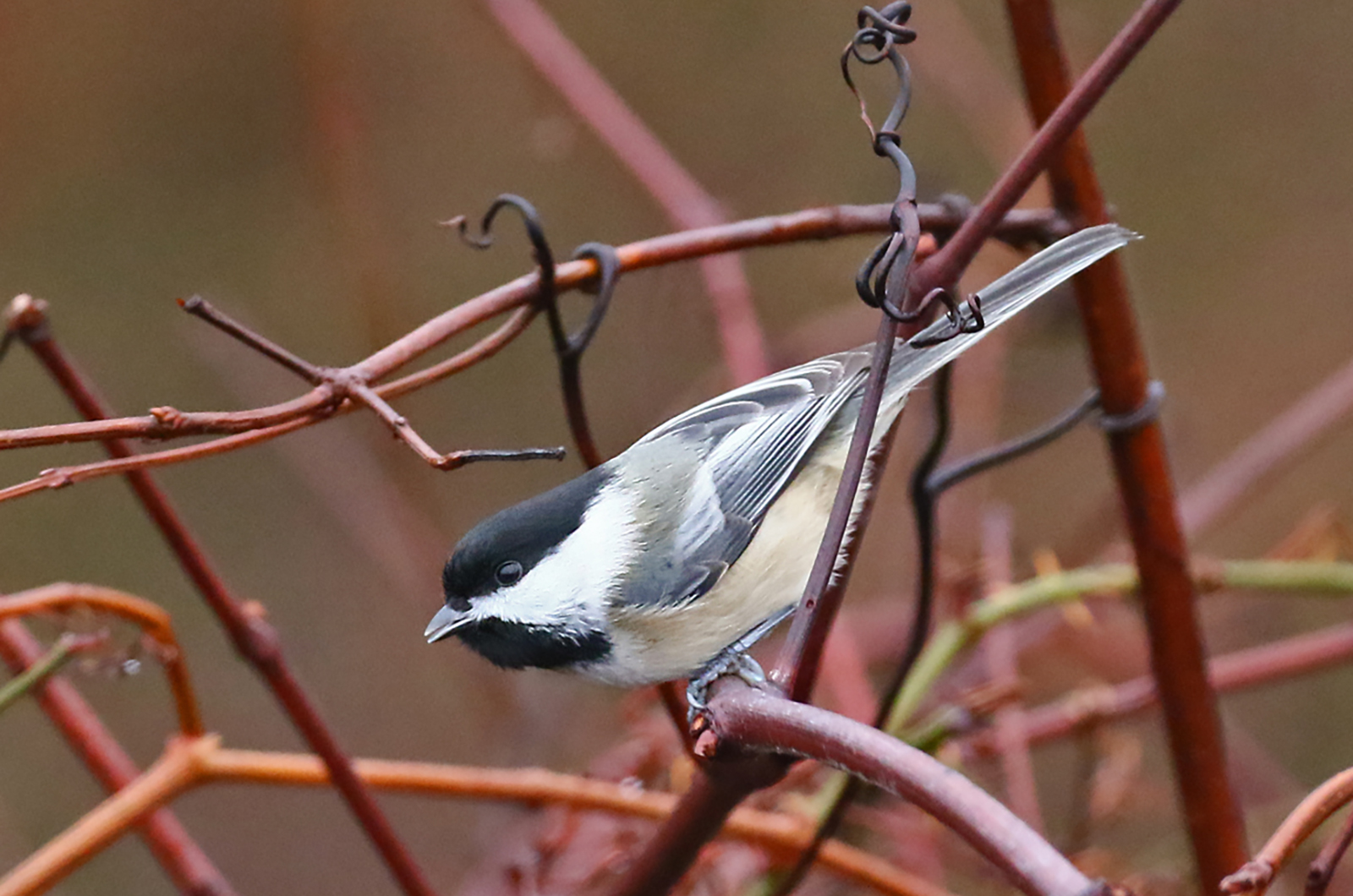
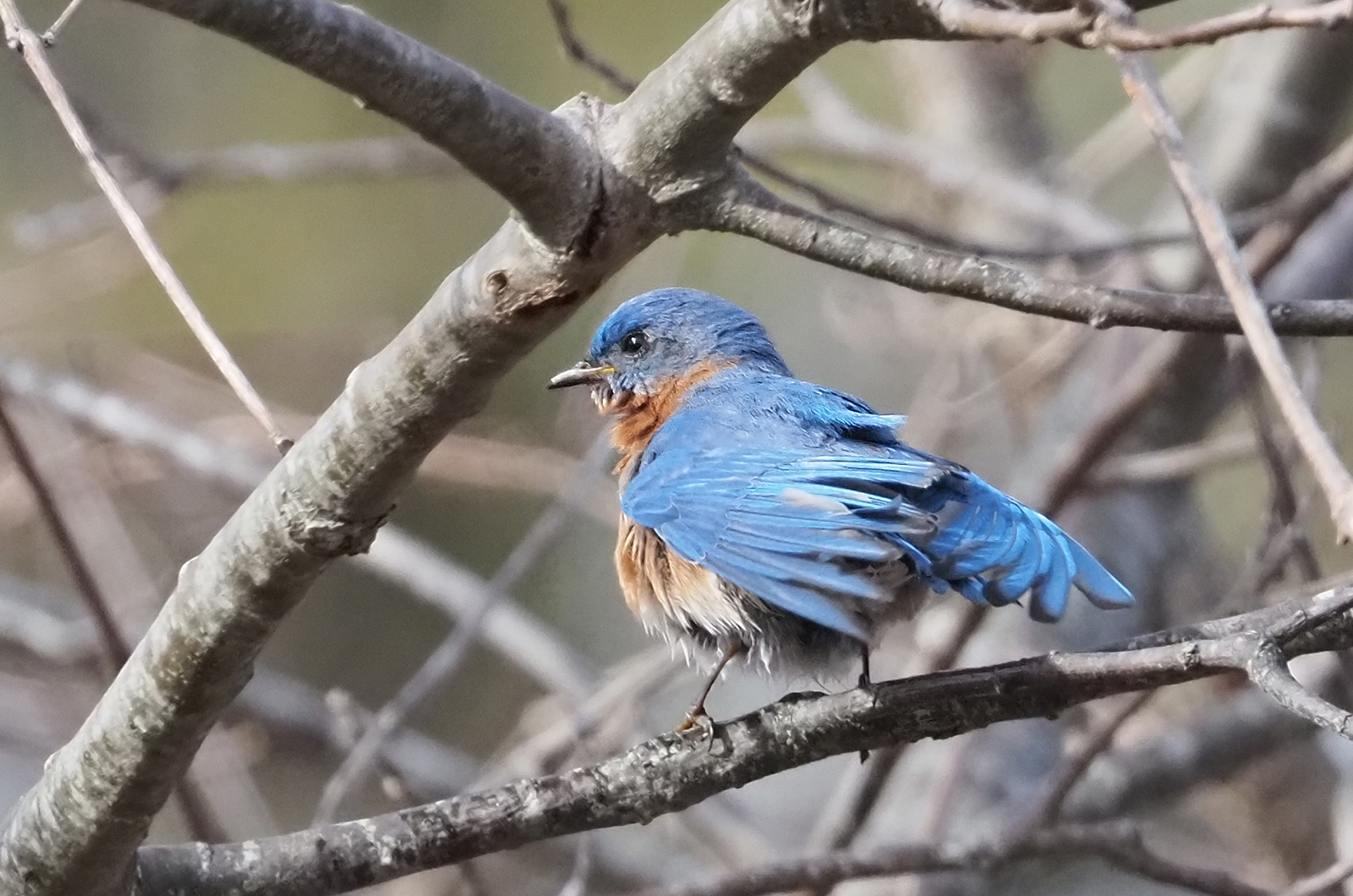
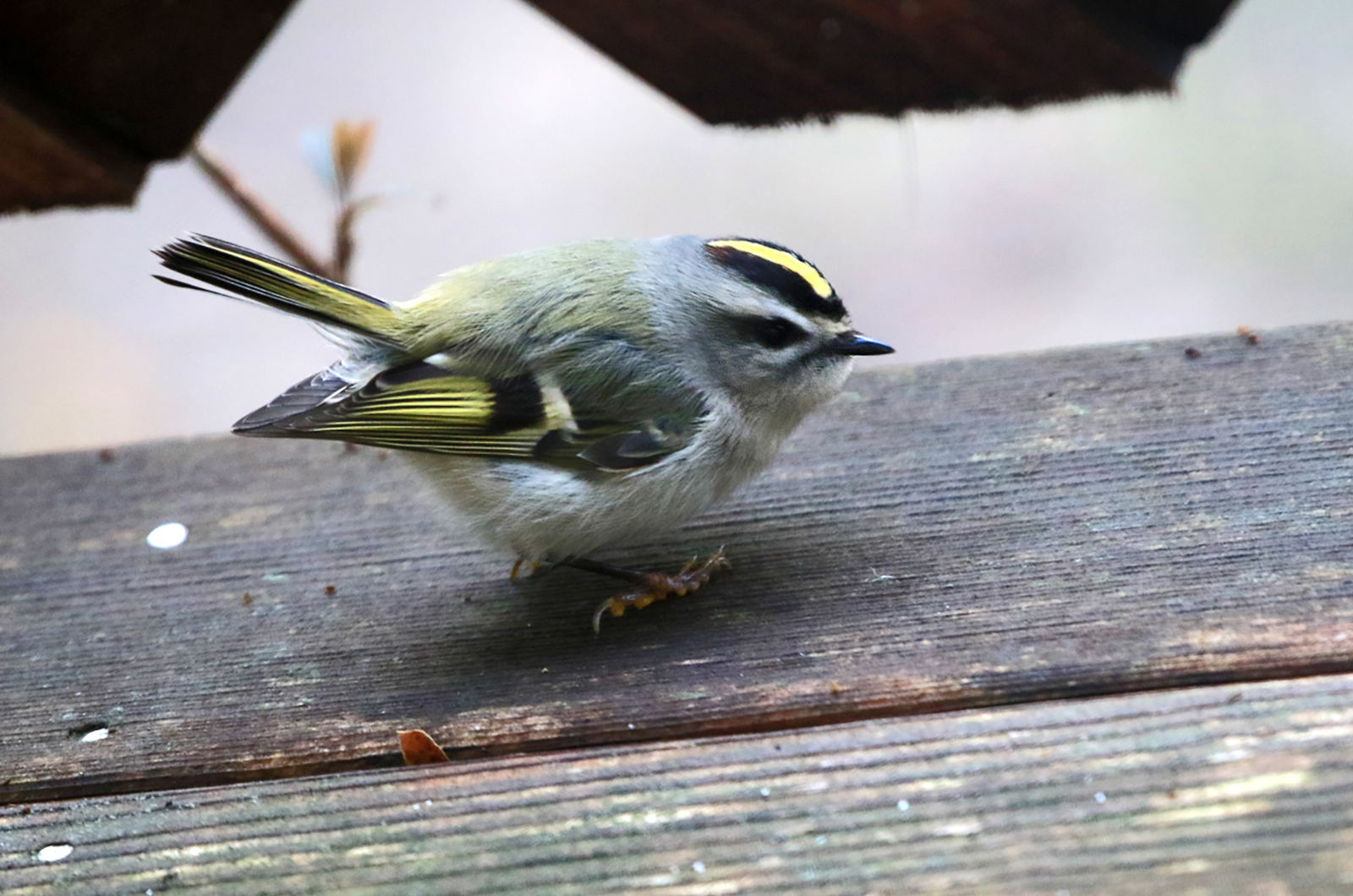


Comments (1)
Comments
Comment policy »